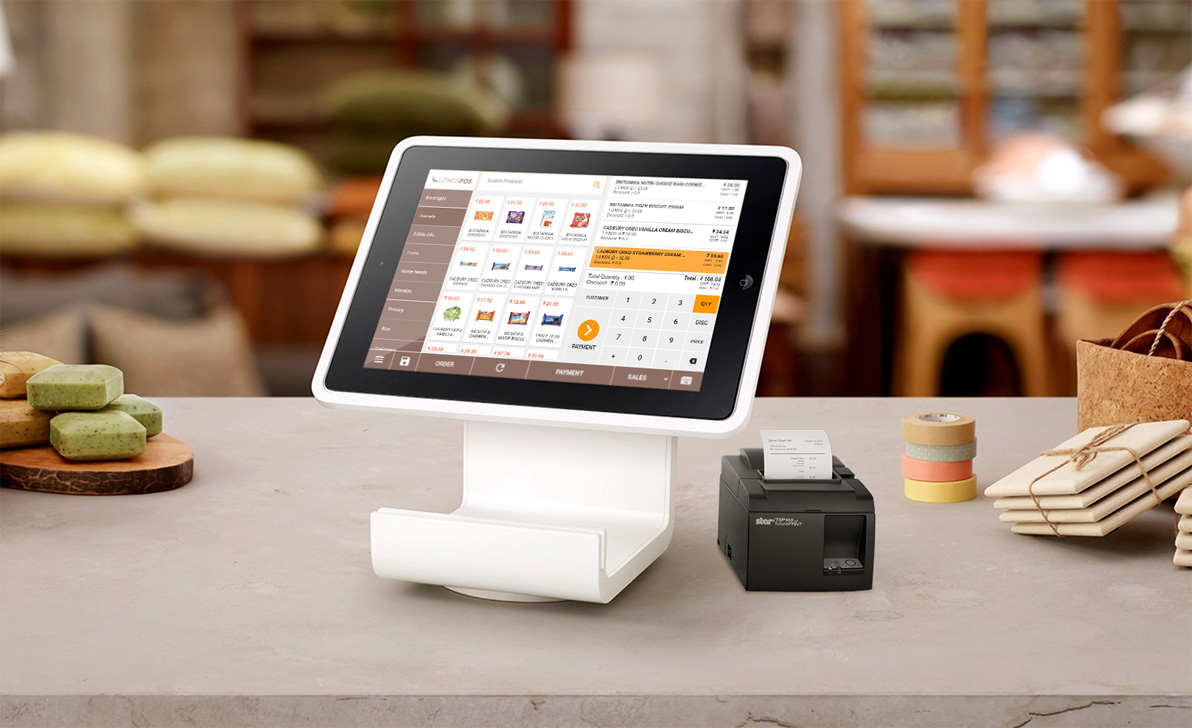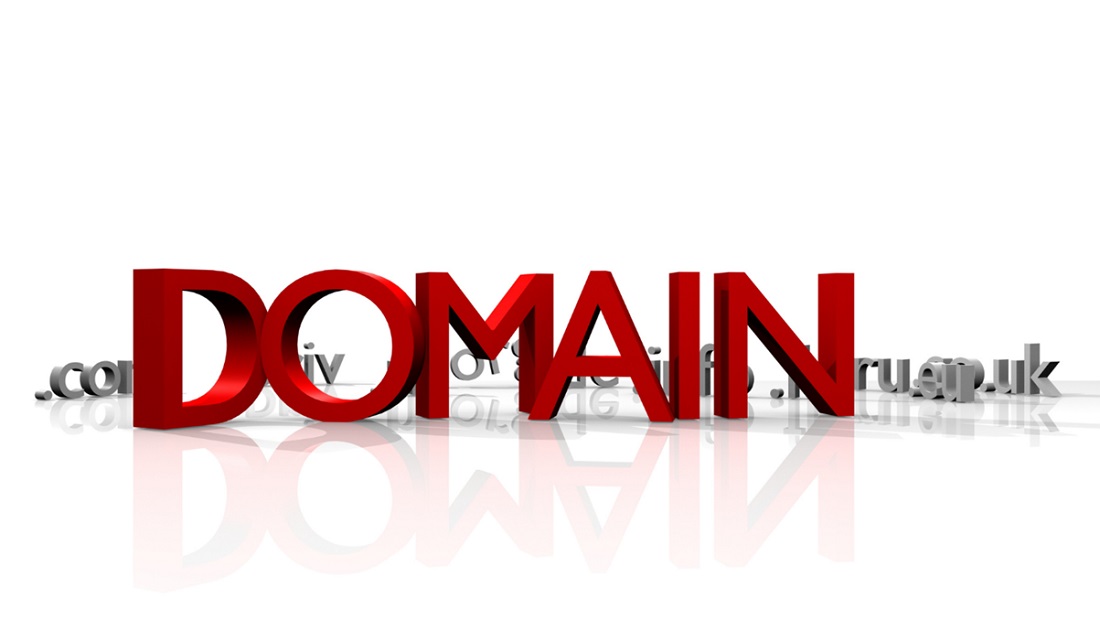
If you’re a small business owner, a retailer, or a restaurant operator, you know that the right tools can make all the difference in how efficiently your business runs. One of the most critical tools that could streamline operations, boost sales, and keep your customers coming back is Point-of-Sale (POS) software. But with a marketplace flooded with options, it can be overwhelming to know which one to choose.
The Power of the Right POS Software
A good Pos system is more than a cash register. It’s a control centre for your business, where sales, inventory, customer management, and reporting functions come together. With the right POS software, you can enhance the customer experience, save time on administrative tasks, and even increase your sales through insights and customer loyalty programs.
Before we begin the hunt for the perfect POS software, know this: the best system for your competitor may not be the best for you. It all comes down to understanding your unique business requirements and finding a solution that not only meets those needs but aligns with your budget and future growth plans.
Define Your Business Needs
The POS software that’s ideal for a bookstore might not meet the demands of a busy restaurant. Begin by identifying the industry-specific features that are non-negotiable for your business type.
Retailers
If you run a retail business, you need a system that can handle complex inventories, process sales quickly, manage loyalty programs, and integrate seamlessly with e-commerce platforms. For instance, robust inventory management features are vital for categorising products, monitoring stock levels, and ordering new items.
Restaurants
In the restaurant industry, the focus is on speedy service and accurate order processing. A good POS system for restaurants should include features like table management, menu modifications, integrated kitchen display systems, and the ability to split checks easily.
Service-Based
For service businesses, choose a system that tracks customer appointments, manages employee schedules, and processes payments quickly. This could include features like appointment scheduling and client databases.
Remember, whatever your business type, customer relationship management (CRM) functionalities in your POS software can aid in maintaining customer data and offering personalised services for better retention.
Key Features to Look For
Once you’ve understood your business’s sector-specific needs, it’s time to narrow down the key features your POS system should have.
Retail-Focused Features
- Detailed inventory tracking
- Omnichannel capabilities
- Promotions and loyalty programs
- E-commerce integrations
Restaurant-Focused Features
- Table and order management
- Customisable menu items
- Multiple payment options
- Tip and commission structures for staff
- Service performance tracking
Service-Based Features
- Client scheduling and tracking
- Employee commission structures
- Variable pricing options
- Customer feedback tools
- Appointment reminders
Always make sure the system is user-friendly, offers in-depth reporting, provides security features for sensitive financial data, and has robust customer support.
Navigating the POS Software Budget
Your budget will play a significant role in determining the POS system that you’ll select. POS software pricing ranges from free, for basic systems, to a monthly subscription or a one-time purchase with additional charges for features and support.
While it’s tempting to focus solely on cost, it’s essential to weigh the value the system will bring to your business. Ask for detailed pricing to understand what’s included in the package, what are add-ons, and if there are restrictions you might face with the lower-tier pricing models.
Research & Shortlist
With your business needs and budget in mind, start researching. Look at online reviews, ask for recommendations within business networks, and remember to include scalability as a factor — your business should outgrow your new system immediately.
Once you’ve found a few contenders, compare features, pricing, and testimonials. Most POS providers offer demos or free trials. Take advantage of these to get a hands-on feel for how well the system would work for your business.
Making the Final Choice
When you’re down to the wire, evaluate which system is the best match by considering factors like ease of use, customer support, and scalability. Also, think about the learning curve for you and your staff.
Remember, you’re not just choosing a system, you’re selecting a vendor that you will rely on for the critical operation of your business. Check their reputation, long-term commitment to the product, as well as their ability to keep the software updated with the latest features.
Implementation and Staff Training
Once you’ve made your decision, it’s time to implement the new POS system. This may involve installing hardware, transferring data, and training your staff. The transition can be disruptive, so plan implementation during your slow business times if possible and keep your old system running in parallel.
Training is crucial for your staff to feel confident using the new system. Be sure that the provider offers comprehensive training material and, ideally, on-site support during the initial days of operation.
Monitoring Performance and Making Adjustments
After the dust has settled, start monitoring how well the new system is performing. Are you seeing the time-saving, customer-satisfaction, or sales-boosting benefits you expected? Don’t be afraid to tweak or change features that aren’t working, or to invest in additional training if needed.
Utilise the reporting tools within your POS to understand your business’s nuances and customer behavior. This data can be invaluable for informed decision-making, from inventory management to marketing campaigns.
Continuing Growth and Adaptation
The POS system you choose should be flexible enough to adapt as your business evolves. Keep an open mind towards new technologies that can integrate with your POS to further enhance your operations.
For example, the advent of digital wallets like Apple Pay and Google Wallet means ensuring your POS is NFC-enabled could open new sales opportunities. Similarly, integrations with accounting software can simplify back-office tasks.
Remember, the best POS system is not just a tool, it’s a partner in your business’s success. Stay proactive in your approach, continue to optimize its use, and be prepared to upgrade as your business grows.
In conclusion, by following these steps and being diligent in your comparison and selection process, you will undoubtedly find a POS system that will prove to be a valuable asset to your business. Don’t just think about short-term convenience — aim for long-term profitability and productivity. With the right POS software, you’re not just managing transactions; you’re shaping the customer experience and driving growth.







